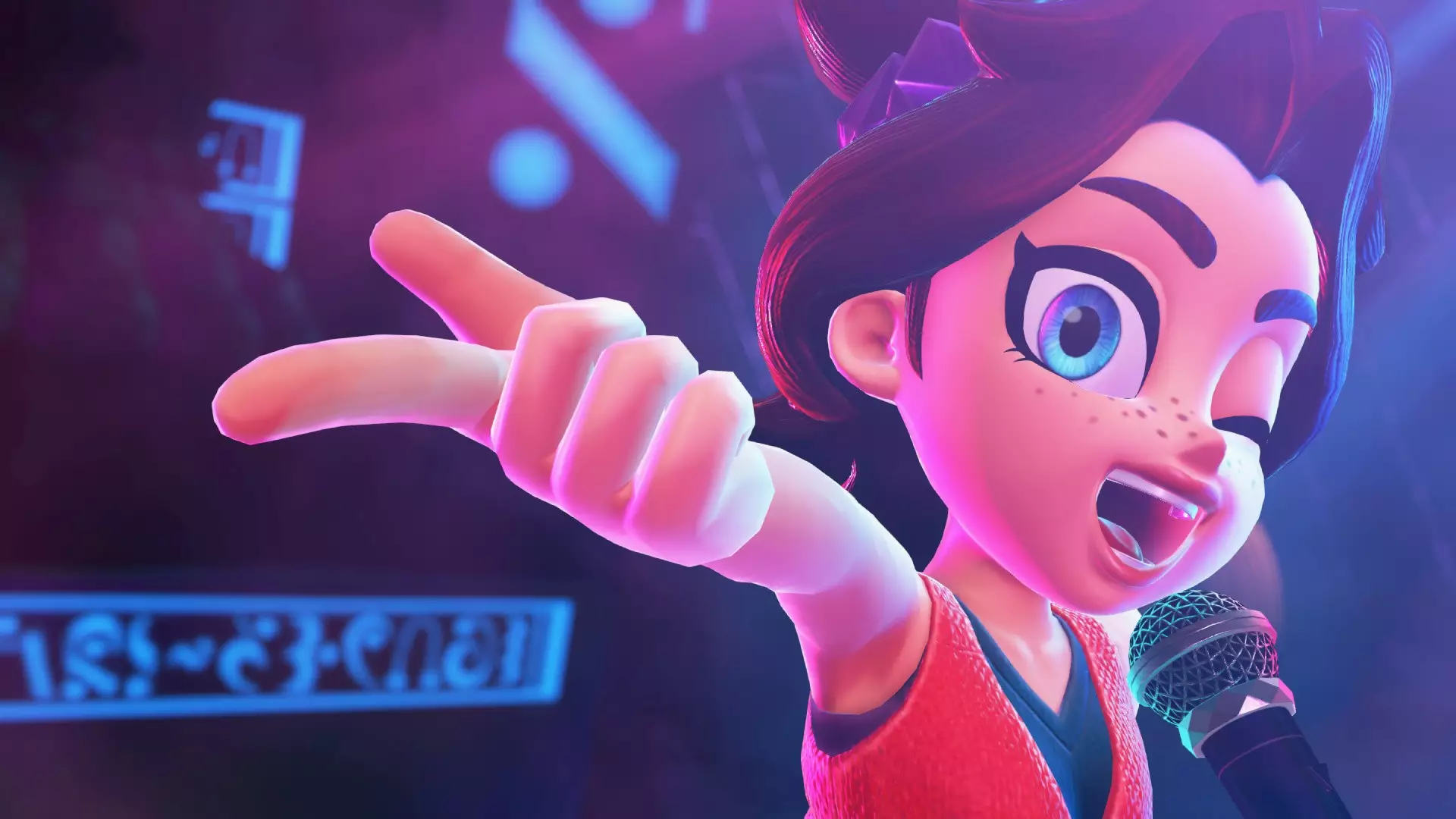Nintendo’s strategic shift from the original Switch to the more powerful Switch 2 highlights a fundamental truth in modern gaming: hardware capabilities reshape creative boundaries. Initially, projects like Donkey Kong Bananza and Mario Kart World were conceived during the life of Switch 1, but limitations in processing power steered developers toward more modest ambitions. As the industry advances, so too does the scope of what developers can imagine and implement. The leap to Switch 2 signifies more than just a hardware upgrade; it embodies a philosophical shift towards realizing games that were previously constrained by technical constraints, allowing for a richer, more immersive experience.
This transition mirrors a broader narrative in gaming—where technological progress is not merely incremental but transformative. Developers now have access to a slate of advanced features, from richer destructible environments to refined input methods such as mouse controls. Such upgrades do not simply enhance aesthetics; they fundamentally change the narrative potential and gameplay mechanics. The push for more expansive environments, more dynamic interactions, and persistent destruction elements demonstrates that Nintendo recognizes the importance of evolving technology to fulfill its creative ambitions.
Destruction and Interactivity: Core Elements Redefining Gameplay
The emphasis on destruction mechanics in Donkey Kong Bananza is a testament to how modern hardware allows developers to craft gameplay centered around player agency and environmental interaction. The core gameplay idea hinges on the thrill of destruction—players looking at terrain and instinctively wondering, “Can I break this?” This simple yet powerful mechanic hinges on real-time physics and large-scale environment manipulation, which, on the original Switch, would have been prohibitively difficult to implement convincingly.
Transitioning development to Switch 2 meant unlocking the potential for complex, continuous destruction sequences that preserve the sense of surprise and satisfaction. Instead of static levels or limited destructible environments, the game on Switch 2 can deliver sprawling, seamless worlds where destruction flows naturally and responsively. This opens avenues for more emergent gameplay, where player choices leave indelible marks on the environment—an aspect that could sustain engagement far beyond traditional static level design. Nintendo’s focus on environmental destruction as a core experience underscores a philosophical commitment to player immersion and the power of tactile, visceral gameplay.
Innovative Input Methods Enrich Collaborative Play
Another compelling upgrade associated with Switch 2 is the integration of new control schemes, particularly mouse compatibility. The inclusion of mouse controls is not just a technical novelty but a strategic move to deepen co-op and multiplayer experiences. Allowing a second player to control Pauline’s vocal blasts or voxel sculpting introduces a new layer of accessibility and creative possibility.
This shift signifies Nintendo’s recognition of players’ desire for more engaging, versatile interactions. Mouse controls facilitate precise manipulation and open creative avenues such as voxel sculpting and dynamic character abilities. When developers talk about leveraging the “device itself,” it’s a recognition that hardware form factors—like the addition of mouse support—are vital in shaping gameplay meaningfully. It also hints at a future where Nintendo isn’t just about traditional controller inputs but exploring diverse input schemas to foster more varied multiplayer experiences.
From Limitations to Opportunities: The Future of Nintendo’s Creative Landscape
When considering Nintendo’s history, it’s clear that constraints often spur innovation. The move from Switch 1 to Switch 2 exemplifies that when developers are freed from technical ceilings, they can pivot toward more ambitious, inventive concepts. Nintendo’s willingness to shift projects like Donkey Kong Bananza demonstrates a company that values quality and innovation over merely shipping a product within hardware limitations.
The story underscores an essential lesson: technological upgrades are catalysts for artistic expression, empowering developers to realize ideas once deemed too complex or resource-intensive. For gamers, this means a future filled with titles that push boundaries—games that are not just visually impressive but mechanically daring and intricately interactive. The potential of Switch 2 to deliver vibrant destruction, nuanced controls, and sprawling environments makes it more than just an upgrade; it’s a revolution in how Nintendo approaches game design, ensuring that the company remains at the forefront of industry innovation.

